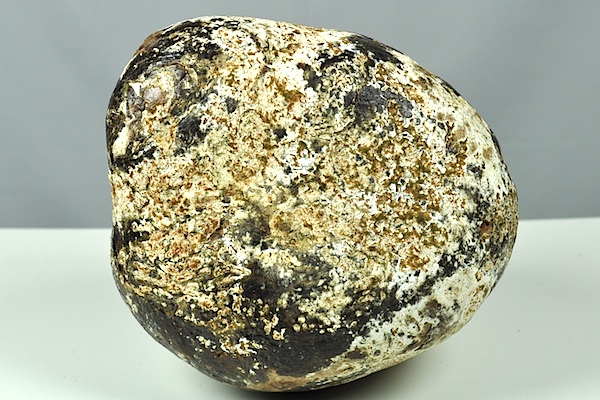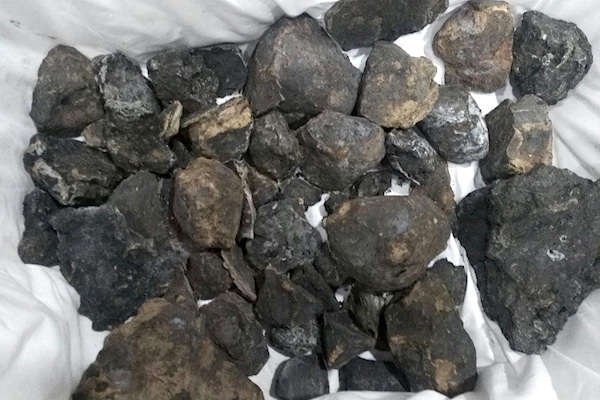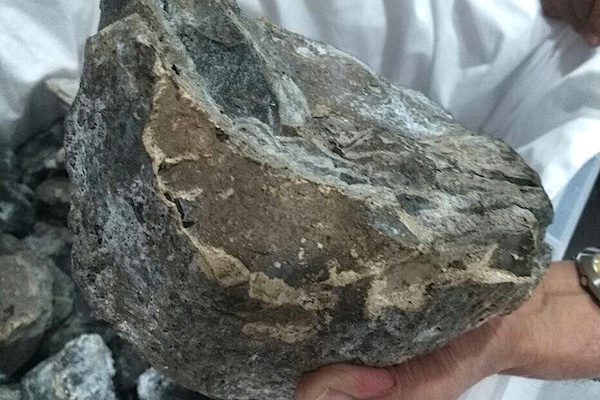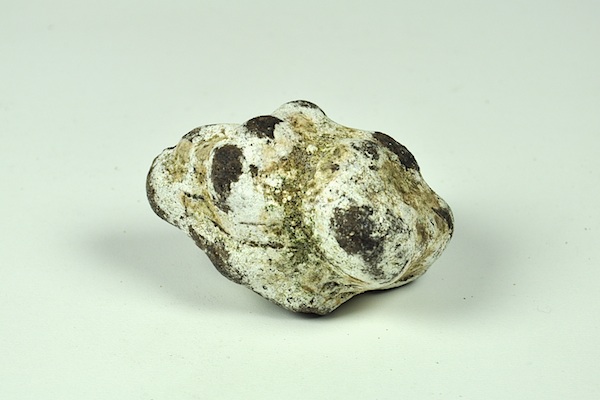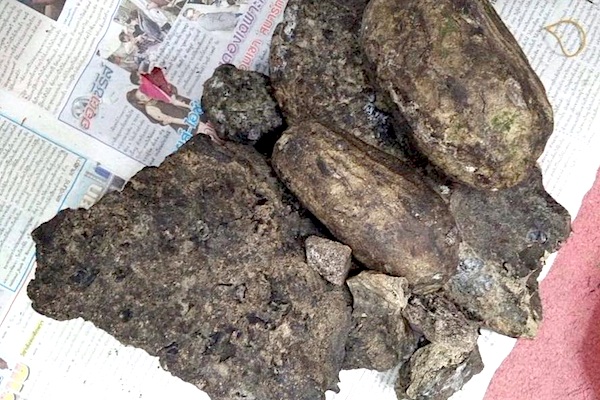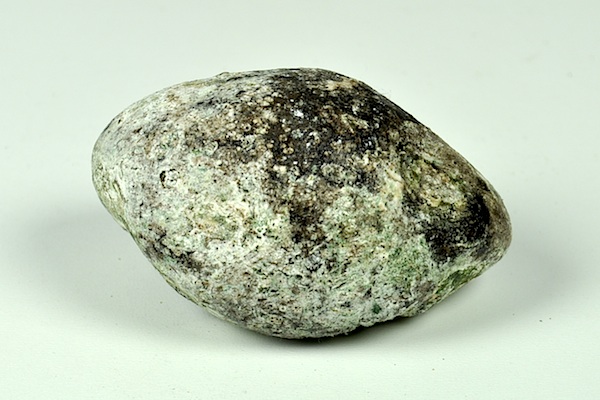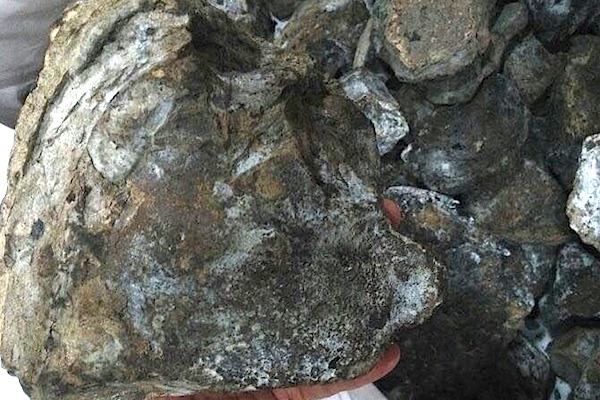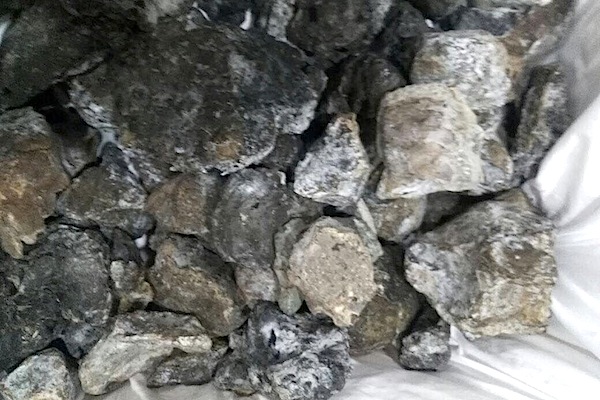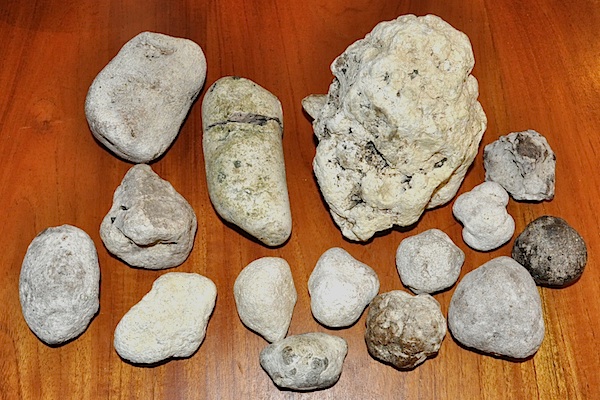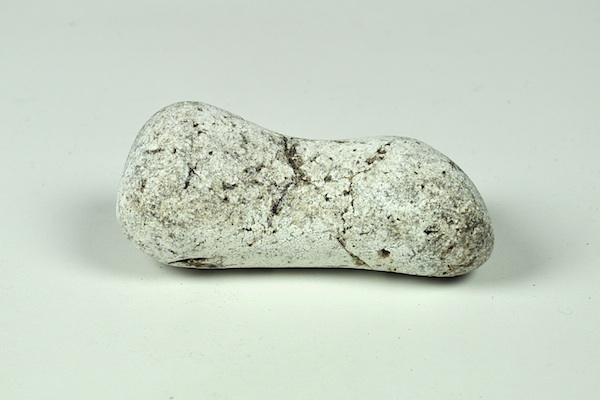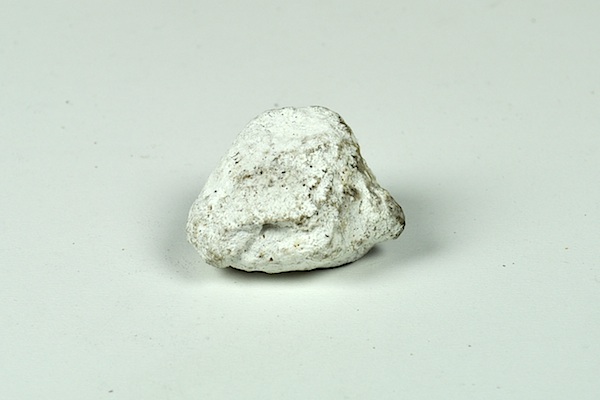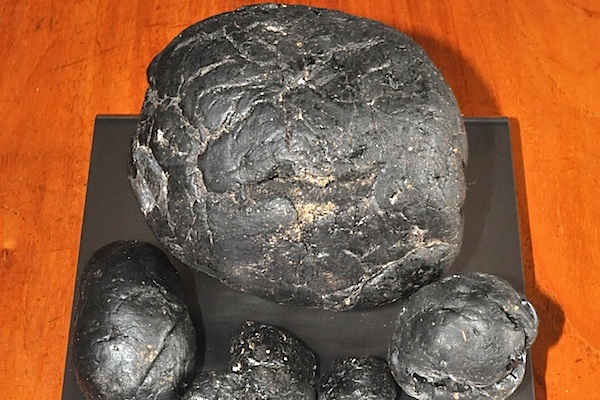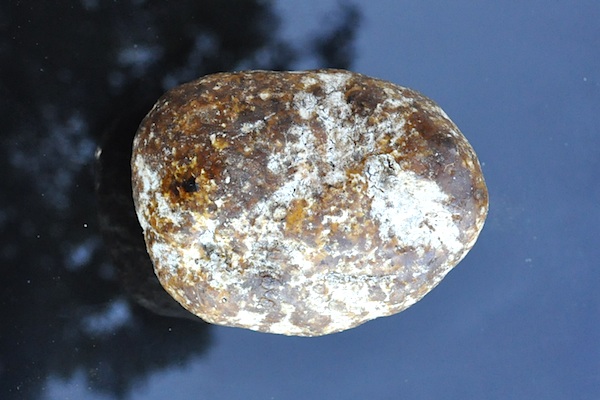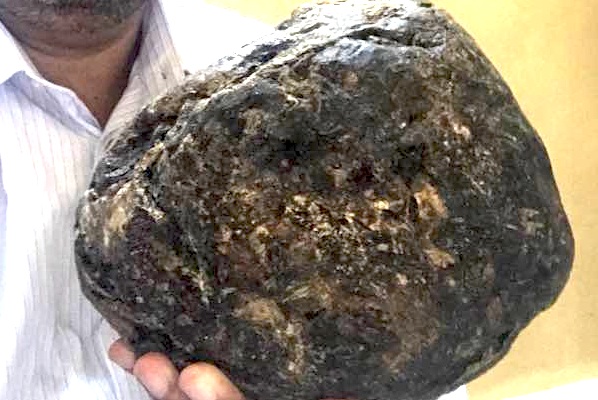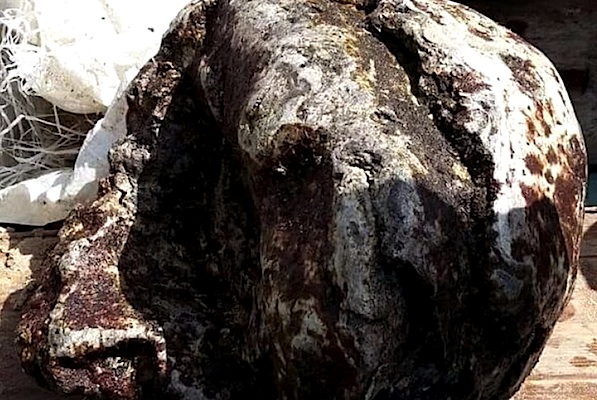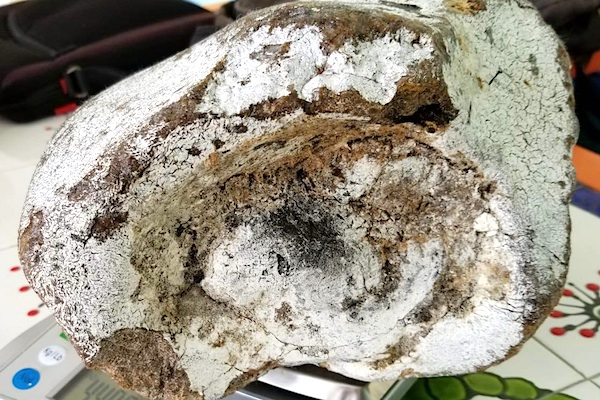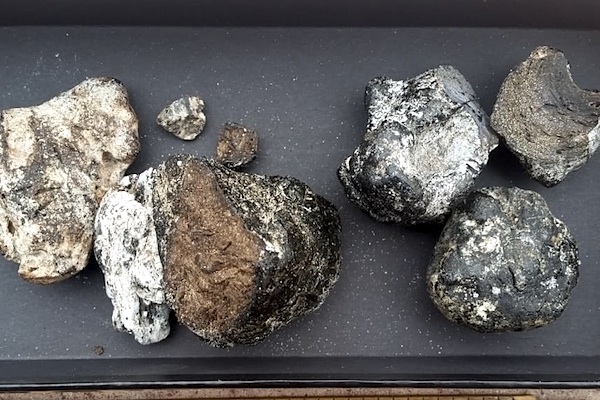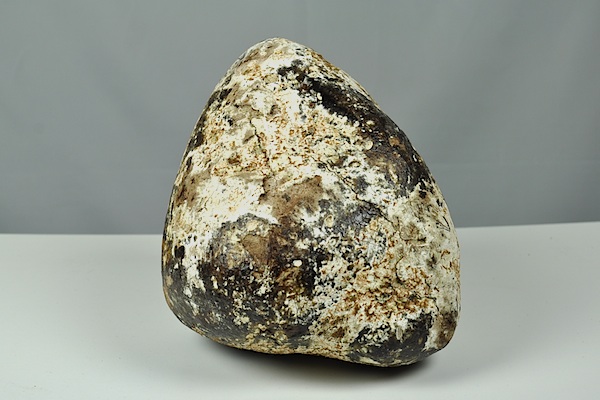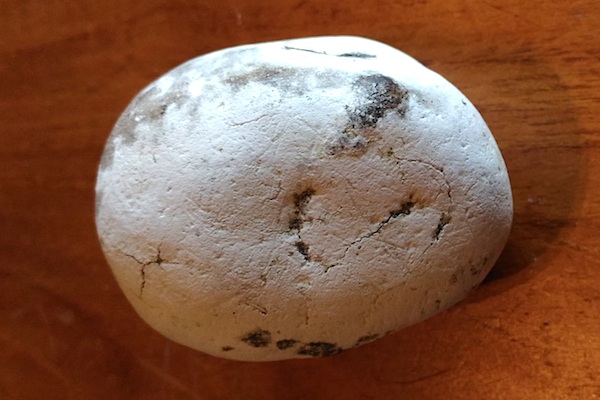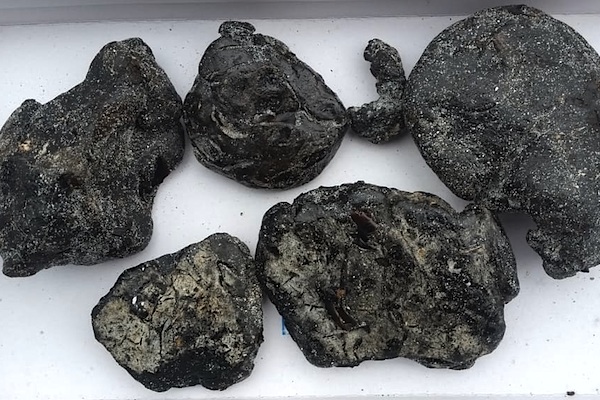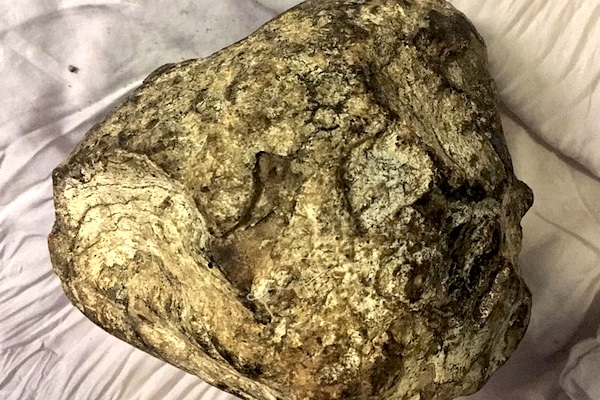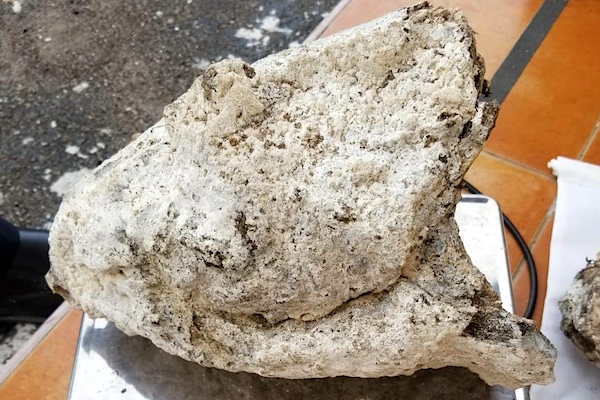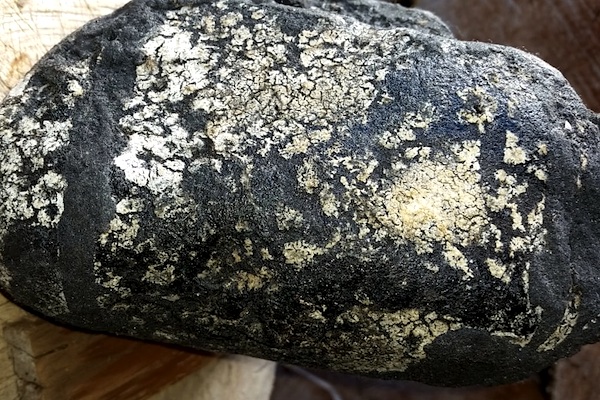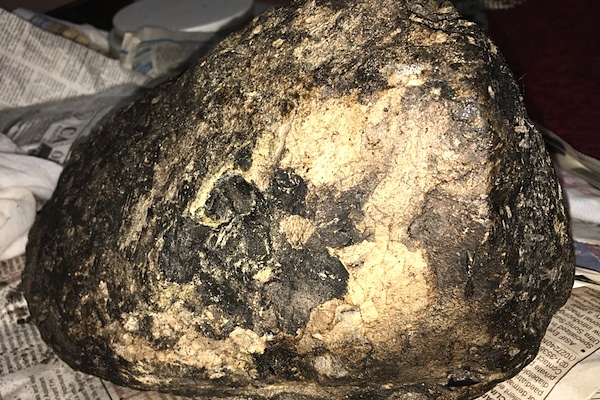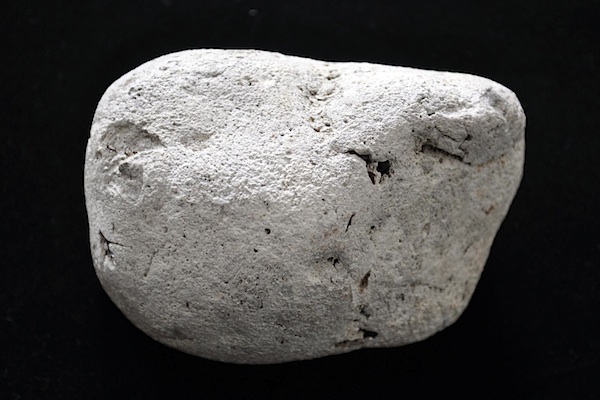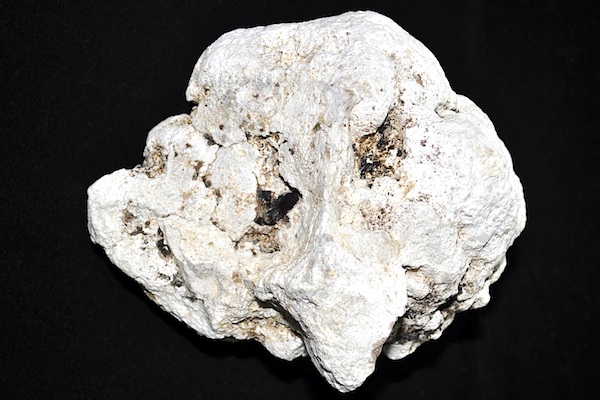
• Identification and characteristics of sperm whale ambergris or "whale vomit"
• Scent
The olfactory test is undoubtedly the best way to identify ambergris.
The amber fragrance characteristic of mature ambergris is unique, if you've had the opportunity to smell it, you'll never forget it again.
It has a sweet, lingering, lingering fragrance, with a subtle blend of wet, marine, musky and animal notes, moss, leather and tobacco.
When fresh, ambergris emits a strong, unpleasant faecal odor similar to cow dung or horse dung.
After many years floating on the surface of the oceans in the sand currents, the nauseating fecal odor will dissipate to make room for the mystical "ambré" characteristic fragrance, while keeping subtle animal notes.
This process of maturation can take several decades and sometimes even centuries for older discoveries.
Each piece of ambergris has a unique olfactory impression, depending on its origin and degree of ripening.
• General appearance
The size can vary from more than one meter for large blocks to a few centimeters in diameter for the smallest kidneys.
The weight of a whole block varies from ten kilos to several hundred, the largest having been discovered weighing between 400 and 500 kilos.
A block consists of a cluster of kidneys agglomerated by a less dense and more fragile coating.
The discoveries of kidneys are more common, finer and denser, they can be confused with rolled pebbles, although much lighter than stone by their density, which allows it to float on the surface of the water .
The weight of the kidneys can vary from a few tens of grams to several kilos.
Freshly discovered on a beach, the piece of ambergris is wet, it contains a certain amount of water, it will lose approximately between 20 and 30% of its weight during the first months of drying, this step is very important for conservation .

Large "Brown" whole block weighing more than 100 kg
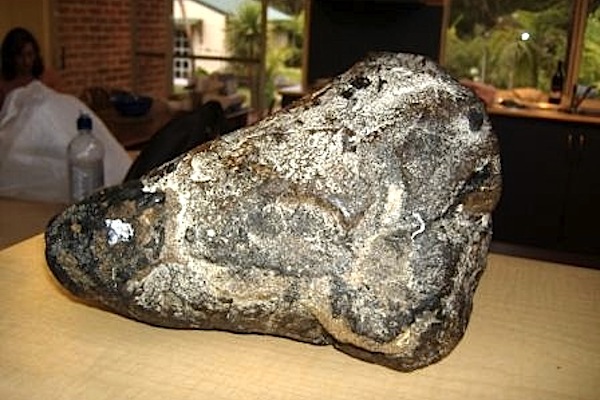
"Gray" Piece weighing several kg

Different qualities of kidneys, between 20g and 200g
• Color
As for its fragrance, its color is evolutionary, and depends on its origin and its age (maturation).
The most common colors are black, gray, brown, beige and white.
A very deep amber of intense black color will lighten over time to become dark gray, then light gray / silver, to become white.
A dark brown piece will also evolve over time to become light brown, then beige / cream, and finally white.
It very often forms a fine white crystallization on the surface of the piece (ambrein).
Yellowish / golden amber is sometimes found in the Pacific or reddish / burgundy, as on the Indian Ocean coast of Madagascar.
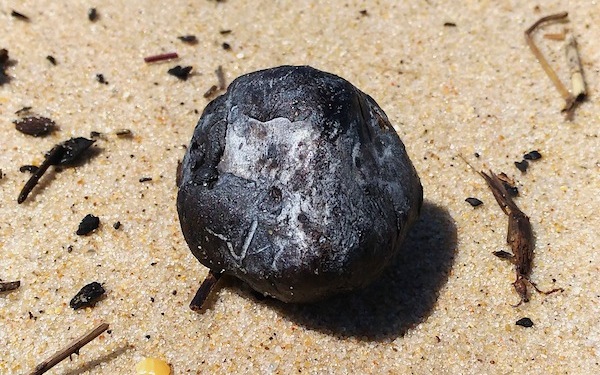
"Black" Ambergris
Fresh ambergris is black and often soft, the dominant odor is animal and sometimes faecal

"Gray" Ambergris
Mature gray amber is gray, hard and friable, with a smell that is both musky and amber scent
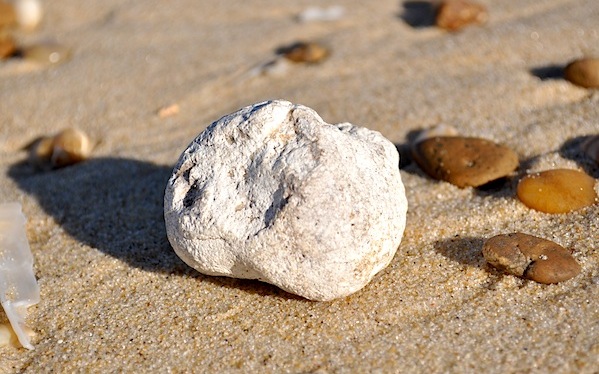
"White" Ambergris
The old gray amber is white, it is hard and very dense, the amber smell is sweet and pleasant
• Texture
Fresh black amber is soft, but it is more common to find it in its hard form.
The amber gray, brown, gray / silver or white is hard and brittle, that texture is not homogeneous, when it breaks inside appears granular.
Touching the surface is waxy and if you handle it for a few minutes, it becomes slightly sticky to the heat of the hand.
The ovoid or round kidneys have a denser and tighter texture than the coating that makes up a larger block.
The texture of ambergris is never fibrous or translucent.
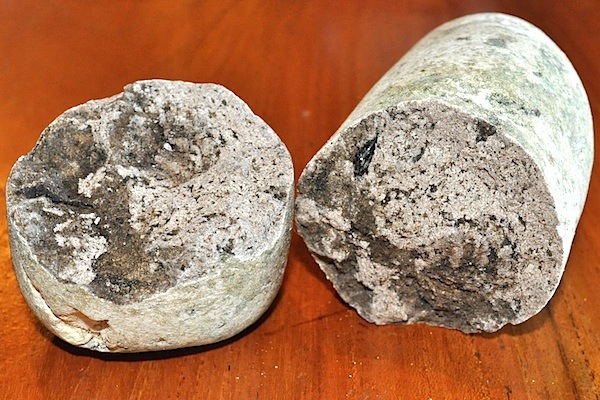
"Gray with black veined" Ambergris
The inside is gray veined with black and dotted with small dots of black color, we see a small squid beak

"Brown" Ambergris
This piece is composed of different superimposed layers that creates a gradient of brown color, we can see a squid beak of several centimeters inside

"Beige" Ambergris
Piece of dark brown / coppery color on the outside, the interior is beige dotted small white dots

"Gray" Ambergris
The surface of this small piece is covered with a thin white film of crystallized amberine, the interior is gray granular
Indeed, the texture of mature ambergris magnified is characteristic.
Small white nodules, sometimes circled in black, consisting of crystallized amberine, are observed on the outside of the piece as well as inside when it has been broken.
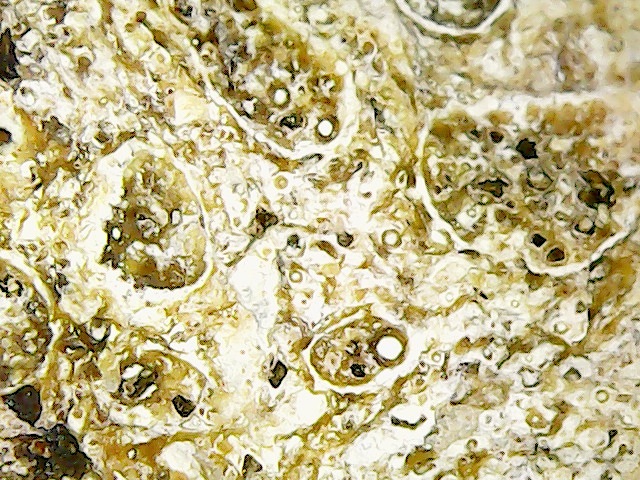

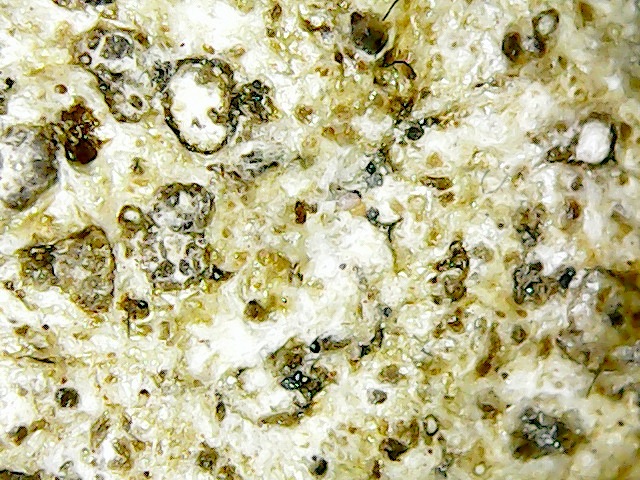
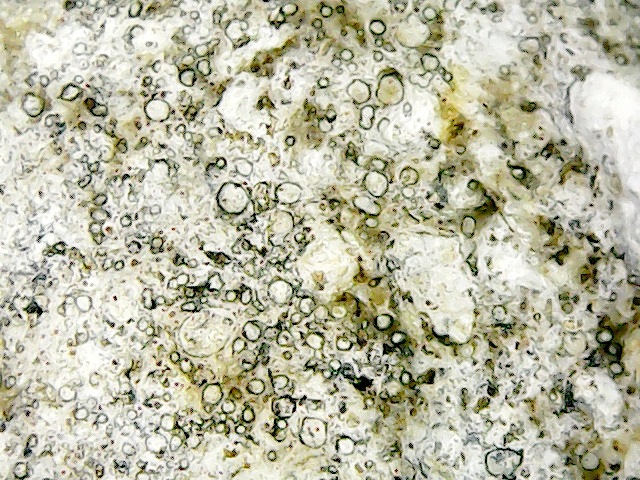
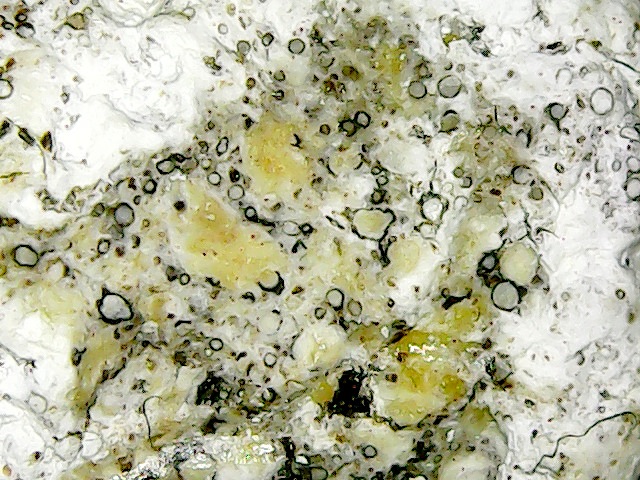
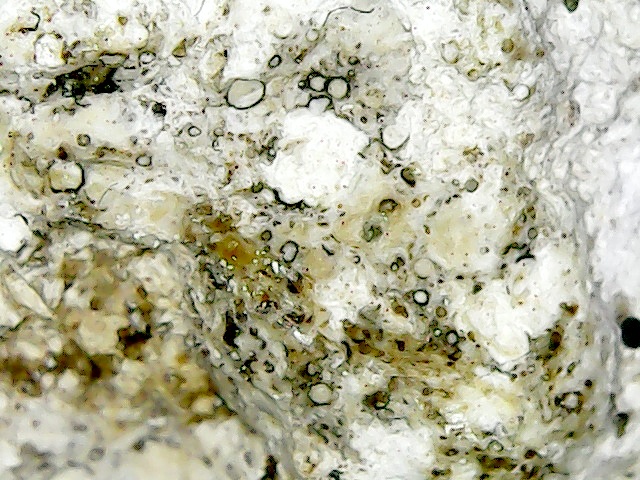
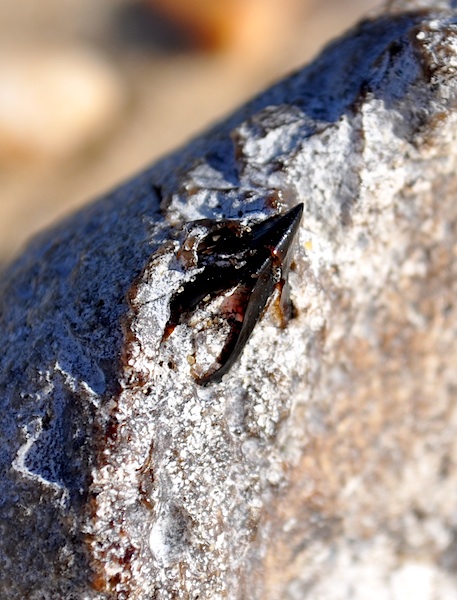
• inclusions
Ambergris often contains calamari beaks that are not digested by the sperm whale.
In inclusion on the surface or inside the piece, these calamari beaks can help identify ambergris, their shape reminiscent of a black and shiny beak (parrot or parakeet).
They are more common and numerous in the coating of large blocks than in kidneys.
Because of the pollution of the oceans by plastics, it is more and more common to find inclusions of plastics in ambergris...
• Heat test
Ambergris has the particularity of melting at a relatively low temperature, it begins to liquefy from 62 ° c.
Ambergris melts, forming a kind of viscous black tar perfumed and very flammable.
A piece of gray amber stranded on a beach may melt in surface under the action of the sun, a black and shiny layer can form on its surface.
The heat test involves heating a red needle with a lighter and applying the tip of the heated needle to the surface of the piece.
We advise to be careful with the results of this test as other materials may have similar reactions.

• Storage
It is advisable to store it in a canvas bag or fabric (cotton), if possible suspended to put it out of reach of animals (dog, rodent) who are fond of it.
• The hunt
Ambergris can be found on all beaches of the world, although it is more common in some areas, when sea currents and prevailing winds are consistent with a living area of the Sperm Whale,
Ambergris runs aground on beaches during high tides, waves and storms, mixed with driftwood and plastic waste.
It is best to look on a beach after a storm at the upper limit of the flow when the "sea leash" is plentiful.
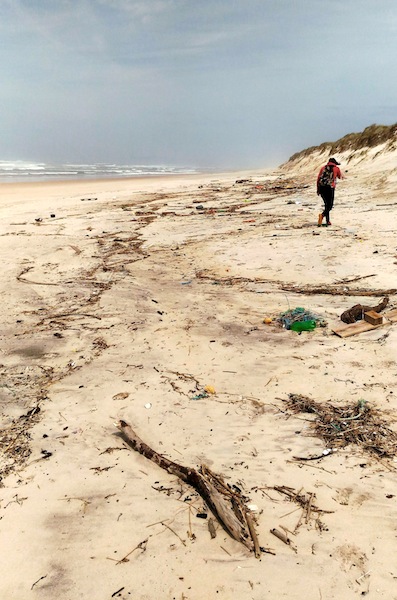
Floating objects move on oceans, carried by powerful ocean currents.
The study of the main oceanic ocean currents is essential to locate shorelines favorable to the stranding of ambergris.
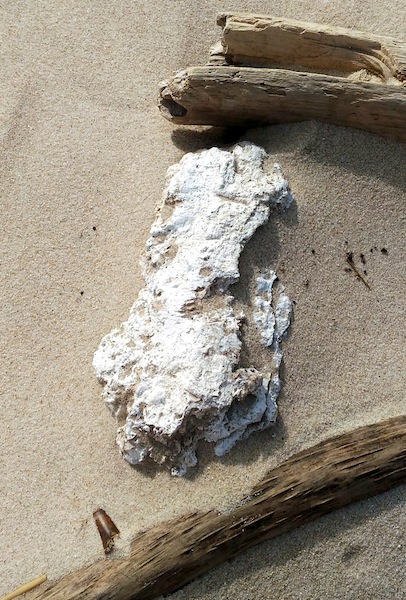
• Confusion
The identification of ambergris requires some experience, as there are many areas on the beaches that can resemble ambergris, by their color, texture and density.
It can be easily confused with pieces of paraffin and some solidified fat, such as palm oil blocks or greasy blocks from waste water.
• Erratum
Under the euphoria of the scoop, journalists too often fail to verify the accuracy of the discovery and moreover announce sales prices and hypothetical gains totally unrealistic.
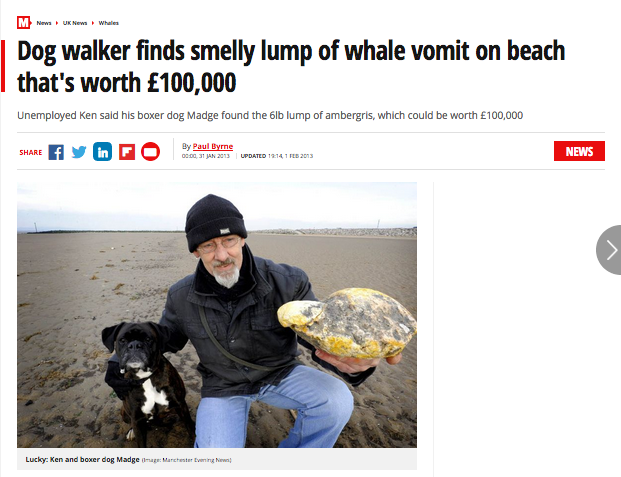

Block of wax (unidentified), found by a child on a beach in England

Piece of plastic or synthetic resin picked up on a US beach
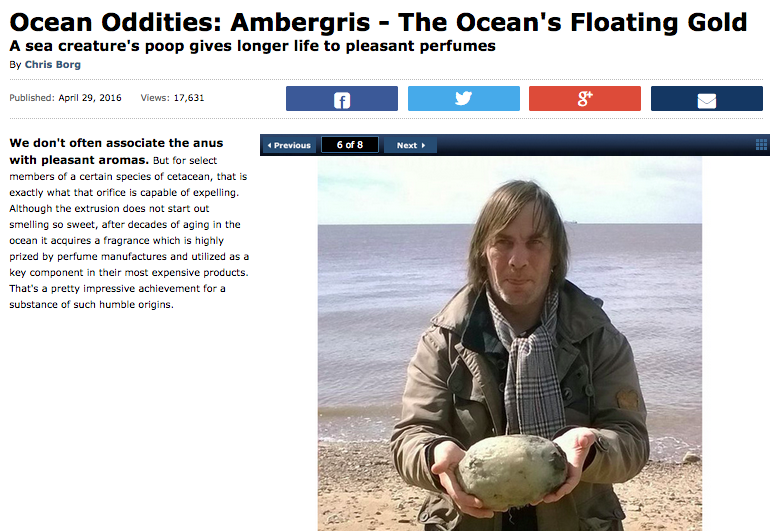
Paraffin wax found on a beach in the United Kingdom
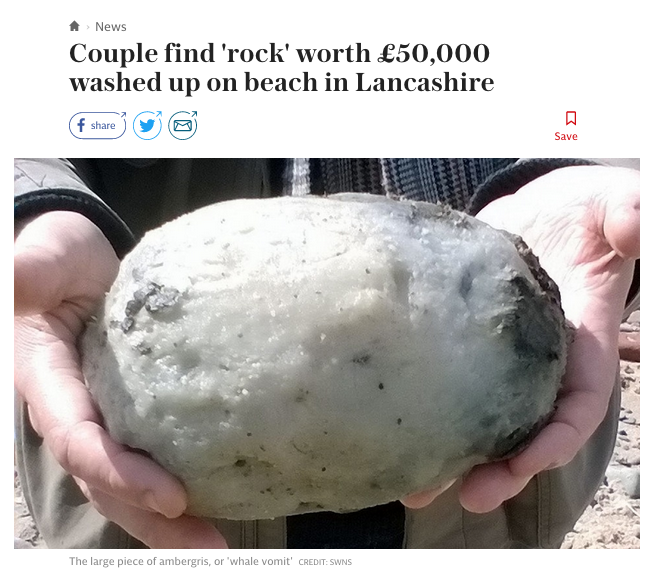
Paraffin roll in close-up (continued)

Discovery of a block of fat by a fisherman from Polynesia
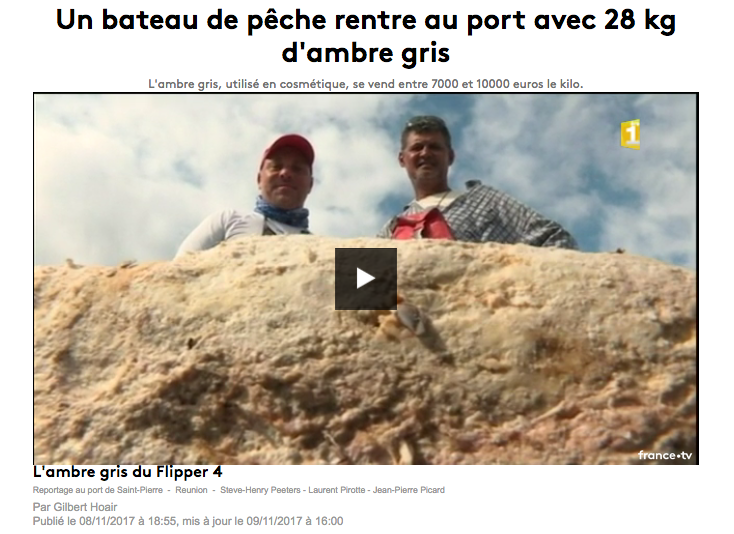
Big block solidified palm fat caught in the sea around Reunion Island
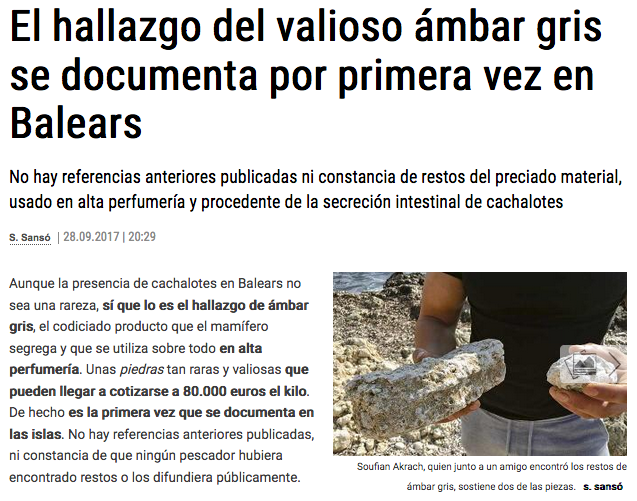
Greasy clumps from sewage (degraded cooking oil) collected on the Spanish coast
• Examples of genuine ambergris

